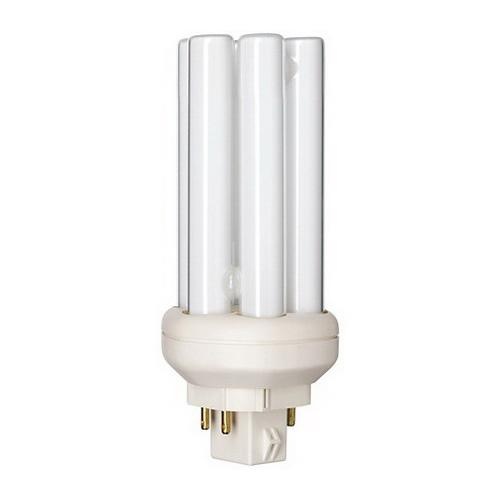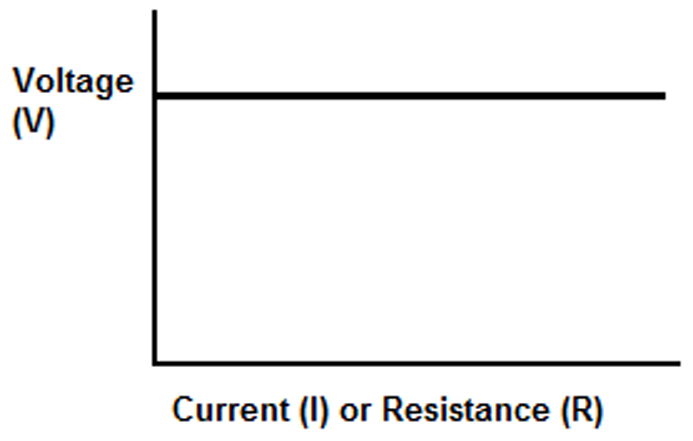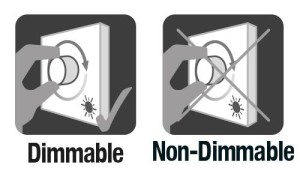How to become more Energy Efficient at Home
The popularity of building bigger homes also indicates that homeowners must install more lighting fixtures which can escalate the electricity consumption. However, over the last few years energy saving, efficient lighting solutions can assist you to become more energy efficient at home.
Since childhood, individuals were told to turn out the lights when leaving a room. At this moment in time, there are some solutions available on the market that can reduce your electricity bill and make your home save energy.
Energy-efficient lighting solutions have gained itself an impeccable reputation to light up housed more effectively and affordable the last couple of years. The market has seen a transformation where standard bulbs and lighting solutions are now being replaced with LEDs that include products such as 4 pin energy saving light bulbs, LED ceiling lights, LED downlights, and smart lighting products like dimmer switches and controls.
These products are designed to stay on and uses much less electricity than the standard lighting products that were on the market a few decades ago.
Homeowners have become more conscious of the influence they have on the planet than in previous decades. But, then again, they also have some alternative solutions that can not only reduce their energy consumption and bills but decrease their carbon footprint in the environment.
Reducing your electricity bill can be done by implanting small changes over time. Below you will discover some factors to consider.
The normal household in the United Kingdom dedicates five per cent of its electricity to lighting solutions. To reduce this figure, residents can just form a habit of turning the lights off when leaving a room. Incandescent lights and Halogen light bulbs consume the same amount of electricity and should rather be turned off whenever the occupants leave the room for extended periods of time.
At a glance, compact fluorescent lamps (CFLs) might look like a great investment since they are more affordable to purchase. However, LED lighting solutions such as downlights for the living room, LED strips for underneath the kitchen cabinets, and exchanging your lamp lights with 4 pin energy saving light bulbs are more ideal for your home. Even though they are more expensive than CFLs they have a longer life span and consume less energy, making the ideal lighting solutions, despite their added cost.
The development and design of light bulbs have improved a lot in recent years. Here are some facets to think about when picking the proper lighting solution for your home.
It is important to pick out a light bulb with the proper fitting and since they come in different sizes. For instance, the Compact Fluorescent Lamp light bulb comes in different designs such as the 4 pin and 2 pins. You want to make sure you pick the correct one, so you do not have to go back to the store or waste money on additional lighting fittings.
It is worth noting that 4 pin energy saving light bulbs come in different designs. Find the right colour, brightness and shape for your lighting fittings that suit the aesthetic appeal of the area you going to use it for.
Energy efficient lighting is considered as both LED light bulbs and CFL, which can make it difficult to pick between the two. However, they both reduce electricity consumption. Then again, electricity use fluctuates from property to property, but it is always best to switch your standard lighting products to energy-efficient products since it will reduce your carbon footprint and cut back on energy expenses.
About Us
Saving Light Bulbs is a well-respected family-owned company based in the United Kingdom that specialises in LED lighting and energy-efficient solutions. We are passionate about helping domestic, commercial, public as well as social enterprises to reduce their carbon footprint by providing energy-efficient lighting services and products. With more than 1000 products catalogued on our online platform, we stock only the most reliable and highest quality products and can support you whatever you budget. If you want to reduce your energy consumption, upgrading your lighting and intergrading smart solutions, our highly dynamic team is dedicated and friendly to assist you with your requests. For more information visit http://www.saving-light-bulbs.co.uk





















.png?format=1500w)